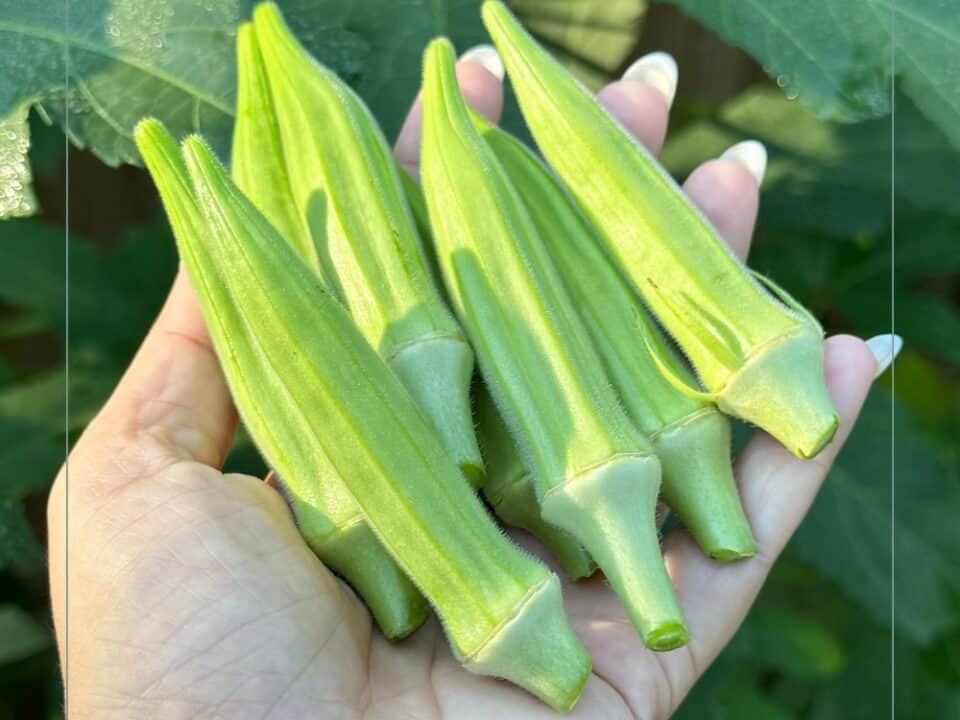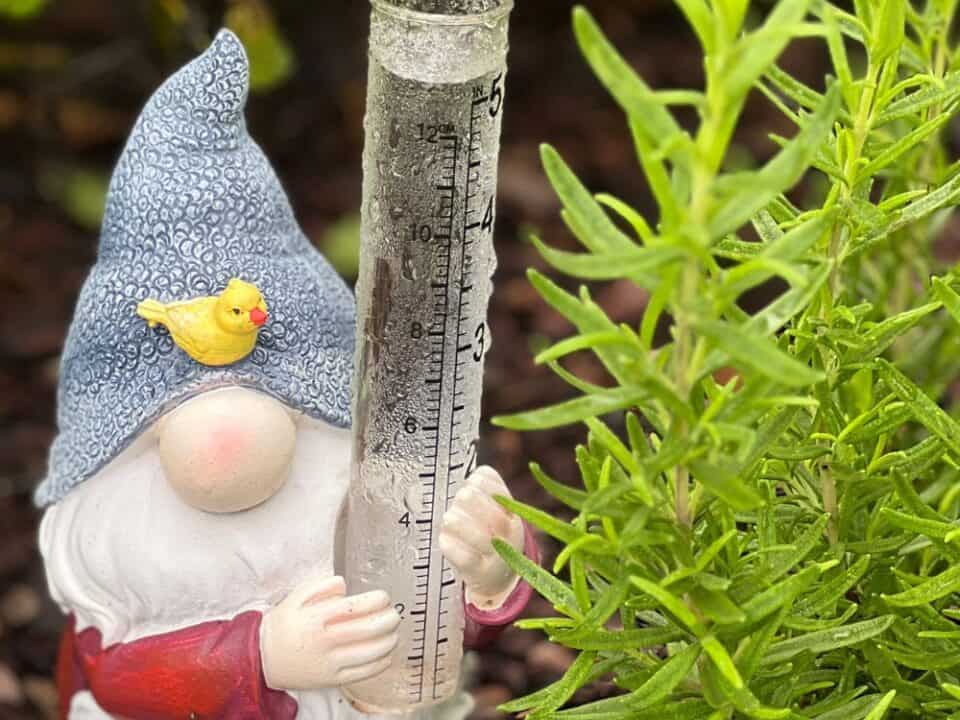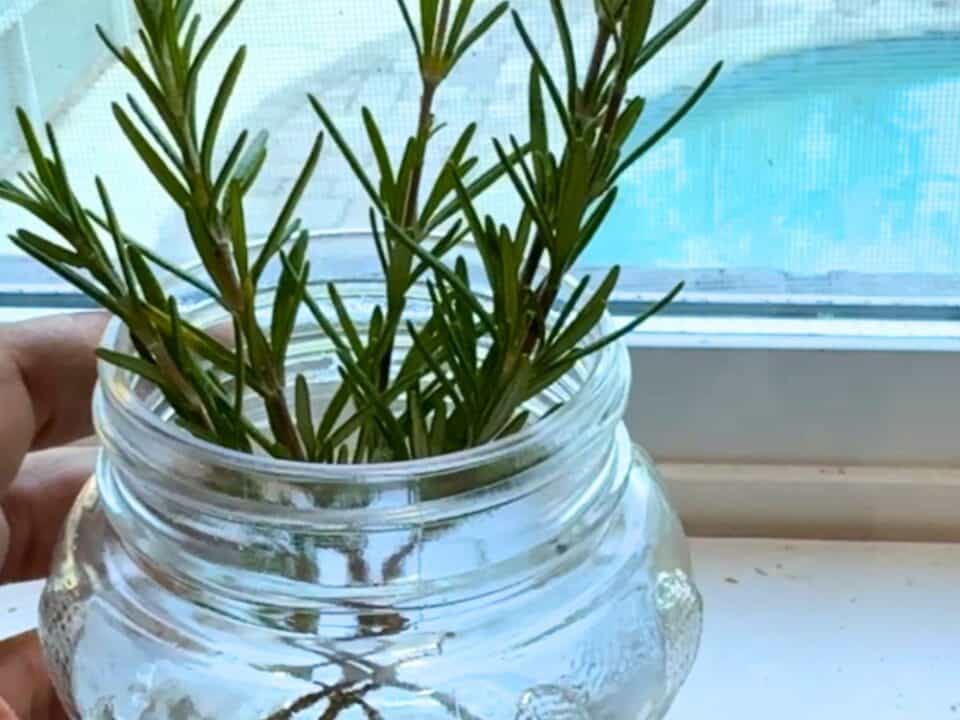Benefits of Coffee Grounds in the Garden
If you are a coffee drinker, you might be tossing out something that could benefit your garden. There are a lot of bold claims floating around about the benefits of coffee grounds in the garden, but while they’re not a miracle cure for poor soil or a substitute for actual fertilizer, they are useful when you know how to use them. Whether you’re composting, amending beds, or trying to keep pests at bay, coffee grounds can help keep your garden thriving.

The way you use them (and whether they’re brewed or unbrewed) can make a real difference. Coffee grounds offer a mix of organic matter and mild nutrition, but like anything in the garden, too much of a good thing can backfire. With the right approach, though, they’re one of those everyday kitchen scraps that can quietly support your soil health without costing a thing.
Using Coffee Grounds to Fertilize Your Garden
Used coffee grounds contain small amounts of nitrogen, potassium, phosphorus, and trace minerals like magnesium and copper. These nutrients support plant health in a subtle, slow-release kind of way. It’s not the same as dumping a bag of fertilizer on your garden, but if you’re regularly adding coffee grounds to your compost or mixing them into the soil, you’re feeding it little by little. Think of it like microdosing fertilizer.
Some plants especially love that gentle bump. Leafy greens like lettuce and spinach benefit from the nitrogen, and acid-loving plants (like tomatoes, blueberries, and roses) tend to do well with soil that’s slightly more acidic. That said, if you’re working with brewed coffee grounds, the acidity is mostly gone, so don’t worry too much about pH shifts. It’s mild, it’s free, and it’s easy to add to your routine without overthinking it.
Improving Soil Texture with Coffee Grounds
Beyond nutrients, coffee grounds are great for improving the physical structure of your soil. When mixed into clay-heavy soil, they help break things up a bit, improving aeration and drainage so roots can breathe and grow more freely. In sandy soil, they help retain moisture and give the soil a bit more substance. Over time, this leads to soil that’s more balanced, crumbly, and alive.
Of course, results aren’t instant. You’re not going to see a dramatic change overnight, but as part of your ongoing garden routine, coffee grounds contribute to long-term soil health. They add organic matter, which feeds microbes and earthworms, both of which are essential to maintaining rich, fertile ground. The key is mixing them in, not just sprinkling them on the surface like fairy dust.
Attracting Worms with Coffee Grounds
Here’s one of the most underrated benefits of coffee grounds in the garden: worms love them. Earthworms are your garden’s best-kept secret. They aerate the soil, break down organic material, and leave behind nutrient-rich castings that basically act like a superfood for your plants. When you add coffee grounds to your beds or compost pile, it’s like putting out an all-you-can-eat buffet for worms.
If you’re trying to build up healthy soil from the ground up (literally), you want to do whatever you can to encourage a strong worm population. Coffee grounds are an easy, consistent way to help with that. Just like us, worms don’t want to eat the same thing all the time, but if coffee’s in the rotation, they’re not complaining. Bonus: the more worms you have, the less compacted and more fertile your soil becomes over time.

Adding Coffee Grounds to Your Compost
Coffee grounds are technically considered a “green” material when composting, meaning they’re high in nitrogen. Even though they look brown and dry, they belong in the same category as grass clippings or food scraps. When you add them to your compost pile, they help balance out all the carbon-rich “brown” materials like dry leaves, paper, or wood shavings. The result? A faster breakdown process and richer, more well-balanced compost.
It’s important to remember that compost thrives on balance. If you dump nothing but coffee grounds into your bin, it’s going to get smelly and soggy. You want to mix in plenty of browns to keep it working well. A good rule of thumb is to add coffee grounds in moderation and stir them in evenly. That way, you’re getting all the benefits (faster breakdown, better nutrient profile) without creating a mess.
Do Coffee Grounds Repel Pests?
One of the more debated benefits of coffee grounds in the garden is whether they repel pests. Some gardeners swear they keep away slugs, snails, ants, or even neighborhood cats who mistake your raised beds for a litter box. The idea is that the gritty texture is uncomfortable for soft-bodied pests to crawl across, and the caffeine (in unbrewed grounds) might also play a role in discouraging them. Anecdotally, some people say it works. Scientifically, results are mixed.
Either way, it doesn’t hurt to try—just don’t rely on coffee grounds as your only pest control strategy. If you’re dealing with a full-blown slug infestation, coffee grounds alone aren’t going to solve the problem. But if you’re looking for a mild deterrent that also adds value to your soil and compost, it’s worth incorporating. Worst-case scenario? Your plants get a little boost, even if the slugs keep showing up.
Brewed vs. Unbrewed Coffee Grounds for the Garden
This part matters more than most people realize. Brewed coffee grounds—the used ones left over after making your coffee—are generally safer for garden use. Most of the acidity and caffeine is removed during brewing, which makes the grounds milder and less likely to harm your soil or plants. You can mix them into compost, add them directly to beds, or even sprinkle a little around established plants.
Unbrewed coffee grounds, on the other hand, still contain concentrated caffeine and are much more acidic. In small amounts, they’re fine, especially in compost where the acidity gets balanced out. But using unbrewed grounds directly on the soil can cause issues, especially for seedlings or sensitive plants. If you’ve got a surplus of fresh grounds (maybe from a coffee shop), composting is the best way to get the benefits without the risk.

How to Use Coffee Grounds in the Garden Safely
First rule: don’t just dump a big pile of coffee grounds into your garden and call it a day. When used in excess, they can form a dense layer that repels water and restricts airflow—basically the opposite of what your soil needs. Instead, mix coffee grounds into the top few inches of soil, toss them into your compost bin, or add them gradually to worm bins if you have one. You want them to blend in, not sit on top like mulch.
Second rule: moderation wins. A little here and there is perfect. If you’re adding them weekly as part of your regular kitchen scrap routine, that’s plenty. You’ll slowly enrich your soil, support the ecosystem underground, and cut down on kitchen waste. Just keep the balance in mind, especially if you’re also adding other high-nitrogen materials like grass clippings or food scraps.
Final Thoughts on the Benefits of Coffee Grounds in the Garden
There’s no doubt that coffee grounds can be a helpful tool in your gardening toolbox. They improve soil structure, add mild nutrition, support your compost, attract worms, and may even help keep pests at bay. Plus, you’re turning something that would otherwise be trash into a resource your plants can use. That’s a win in my book.
Just remember, they’re not a magic fix—and more isn’t always better. Stick to brewed coffee grounds when using them directly, compost both brewed and unbrewed when in doubt, and always mix, never pile. Used with a little intention, the benefits of coffee grounds in the garden really do stack up.



